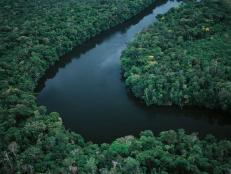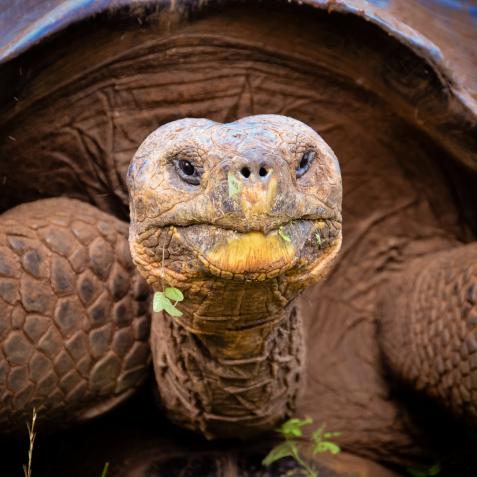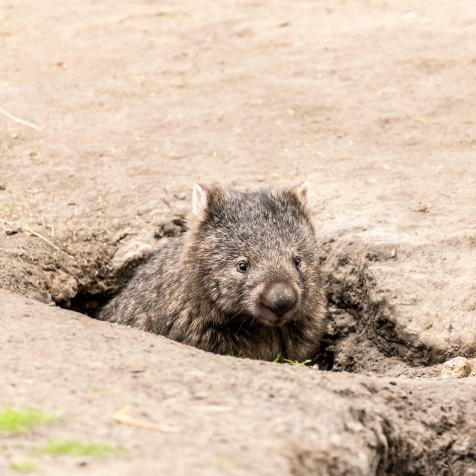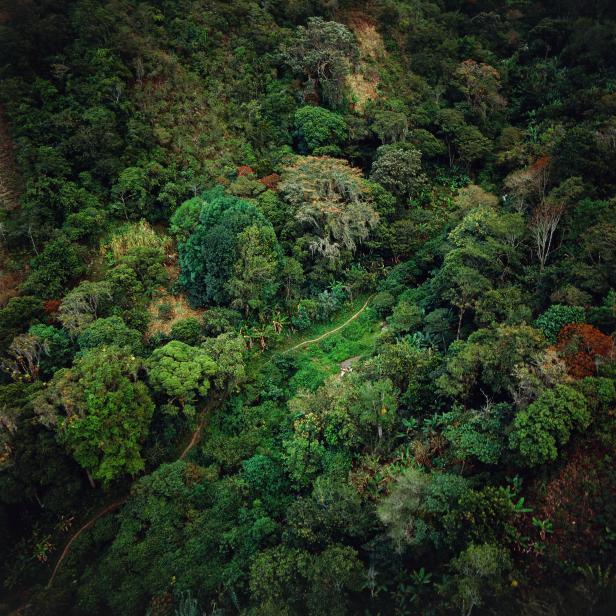
DEA / P. JACCOD
The “Lungs of Our Planet” are Under Threat
World Rainforest Day is June 22, bringing awareness and action to save these precious ecosystems. But if the current rate of deforestation continues, will there be any rainforests in 100 years?
The beauty and biodiversity of rainforests are nothing short of awe-worthy. We often catch ourselves mid-daydream about taking an adventure to experience it with our own eyes one day. On this World Rainforest Day, we celebrate these amazing ecosystems that are vital for the survival of life on Earth but caution how human impact may destroy them forever.
Photos
See All PhotosBut First, Facts About Rainforests
According to the Rainforest Foundation:
- A tropical rainforest is an ecosystem distinguished by being warm and wet. Annual rainfall in an area must be 75 inches at a minimum, and most rainforests get over 100 inches of rain every year.
- Rainforests have been around for tens of millions of years.
- Tropical rainforests cover less than 7% of the Earth’s dry land surface.
- Over half of all plant and animal species in the world call rainforests home.
- Also known as the “lungs of the planet”, rainforests generate about 20% of the world’s oxygen and its trees play a key role in reducing pollutant levels.
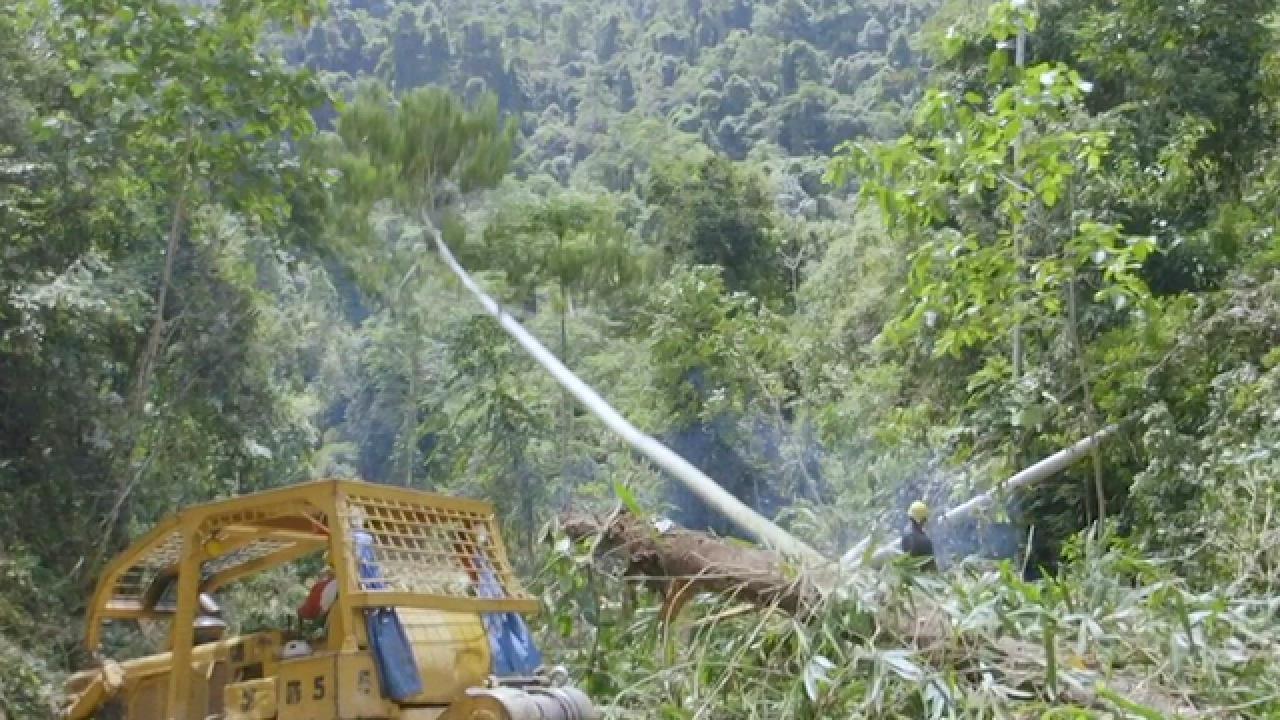
Deforestation and Climate Change
Increasing deforestation and carbon emissions will continue to contribute to change in climate and further affect wildlife—including the destruction of rainforests around the world.
The Rainforest Foundation provides this sobering fact. “The current rate of destruction is about 1 acre each second, which is a bit less than a US football field. Expanded, that amounts to 60 acres/min, 3,600/hour, 86,400/day, 2.6 million/month, and 31.5 million acres per year.”

DE AGOSTINI PICTURE LIBRARY
BRAZIL - APRIL 23: Deforestation in the Amazon rainforest, Brazil.
And the organization behind World Rainforest Day says, “deforestation causes 15% of global carbon dioxide emissions that accelerate climate change—more than from all cars in the U.S. and China combined.”
But there are NGOs like the Rainforest Foundation and environmental coalitions like World Rainforest Day that are advocating for natural climate solutions—think protecting and restoring forests—that could help reverse global emissions and make a positive impact on rainforests.
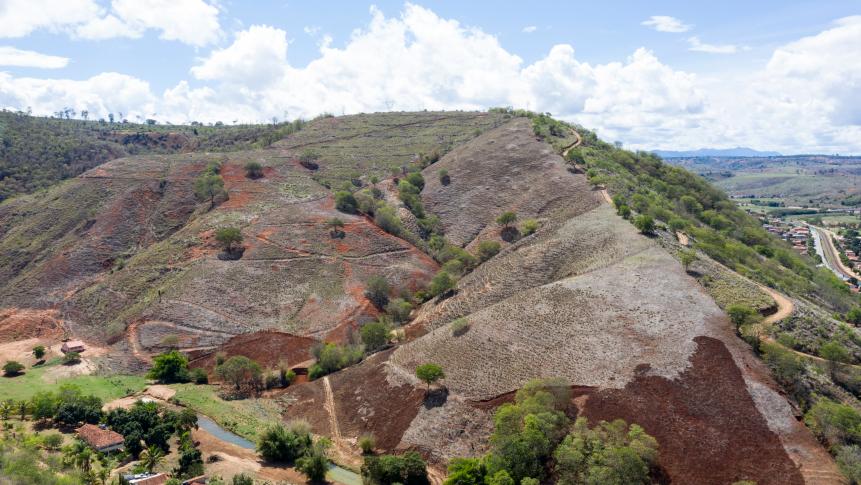
Christian Ender
AIMORES, BRAZIL - NOVEMBER 22: Aerial view of a former well-preserved hill, now deforested by deforestation in the village Aimorés, near the Instituto Terra (about 500 meters away).
How You Can Help
- Stay in the know. Learn more about the significance of rainforests and different initiatives and organizations that help its indigenous communities and wildlife.
- Purchase Rainforest Safe products. From paper and wood products to coffee, chocolate, and bananas, check to see what you’re buying has a Rainforest Alliance Certified™ seal or is made from recycled materials.
- Reduce your beef consumption. Rainforests are being cleared to make room for cattle farms that contribute to the meat distribution industry around the world. Plus, cattle is responsible for a high percentage of greenhouse gas emissions, methane, which is much more potent than carbon dioxide.












